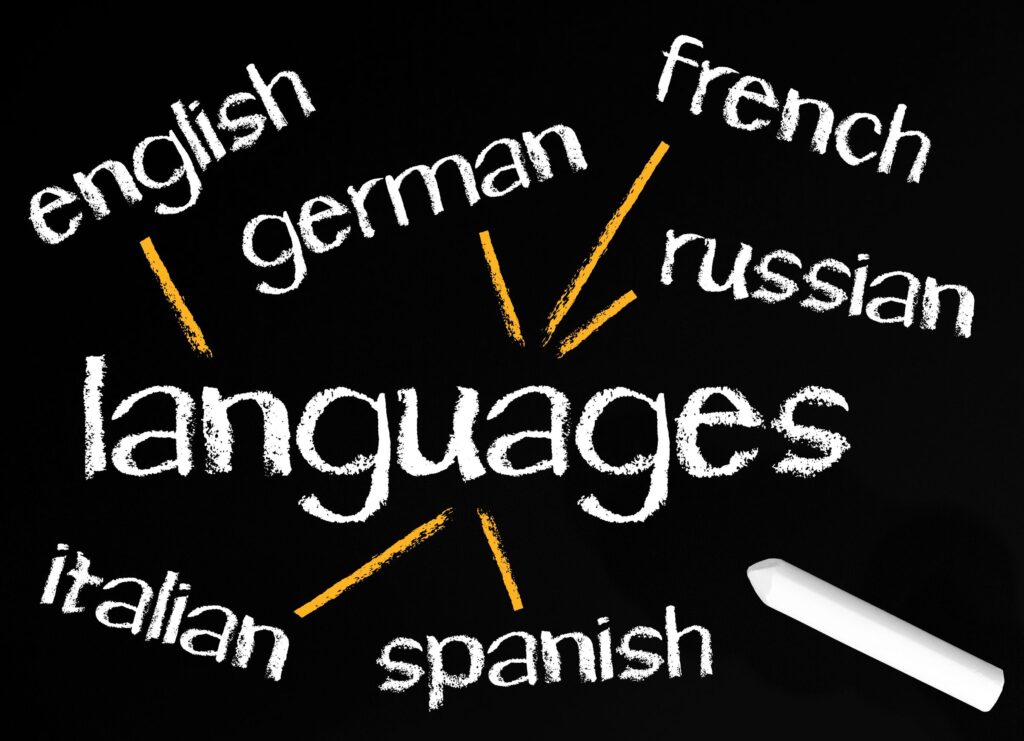People across different cultures celebrate Valentine’s Day in their own way. Its origin and history is quite interesting. Today, it is a considerable commercial and cultural celebration of romantic love and romance worldwide. It has evolved from being the feast day of Saint Valentine, which, in all probability, not many people remember today.
What is the Meaning of Valentine’s Day?
Valentine’s Day is the day for romantic love among couples and the day to show love to everyone you care about. It’s associated with romance, red hearts, chocolates and sweet things, flowers, love messages and exchange of Valentine cards.
Did you know that the day is likewise known as St. Valentine’s Day? Two saints named Valentine are honored on this day, Valentine of Terni and Valentine of Rome. Both of them became martyrs in late 260 AD.
What is the History of Valentine’s Day?
The origin and history of Valentine’s Day is shrouded in mystery, as there are many stories and legends about the day.
One story said that a priest named Valentine from Rome became a martyr in the hands of Emperor Claudius II Gothicus. He healed the blindness of his jailer’s daughter, and one of the letters he sent to the girl was signed “from your Valentine.” The other Valentine was from Terni, Italy. According to the legend the bishop defied the orders of the emperor who decreed that all single soldiers should fight the war. To save the young men who have girlfriends, he married them in secret.
It is also said that Valentine’s Day originated from a pagan celebration called Lupercalia. It was a fertility festival honoring Faunus, the god of agriculture of ancient Romans.
In the Middle Ages, people in England and France commonly believed that the mating season of birds started on February 14, which contributed to the belief that it was a time for romance.
Valentine’s Day Traditions
Maybe most of the people have already forgotten it is the feast day of a martyr who became a saint. Moreover, it’s unlikely that many people know about the tragic beginnings of Valentine’s Day.
Nevertheless, it is interesting to know how some cultures celebrate the year’s romantic day.
- The first mass-produced but elaborately designed and embellished Valentine cards were introduced by Esther A. Howland in the 1840s. In the United States, she was recognized as the “Mother of Valentine.” By 1900, ready-made printed cards became popular.
- Valentine is the patron saint of happy marriages and engaged couples. The saint is called to intervene regarding traveling, fainting, plague, epilepsy and beekeeping.
- The Chinese Valentine’s Day is called the Qixi Festival, which will be on August 25 this year. According to legends, it is the day to commemorate the love story of a weaver maid and a cowherd. They were separated and can only meet for one day each year.
- In Japan, chocolate is the most popular gift. But the Japanese attach different meanings to the type of chocolate they give, depending on their relationship with the receiver. The ”giri-choco” (obligation chocolate) is given to people with whom the giver has no romantic connection, such as a boss, male co-workers or teachers. When the girl has romantic feelings for a man, she gives him “honmei-choco” (favorite chocolate). Friendship chocolate or ”tomo-choco” is given to classmates (boys and girls) in school.
March 14 is ”White Day” and the men, in turn, give chocolates to women. They often give white chocolates although candies, flowers and other items can be given. On this day, the price of the chocolate is what counts. The inexpensive ones are for friends, with no romantic feelings attached. The deeper the love and affection, the pricier the chocolates.
- The same tradition is observed in South Korea, though the men have to return the favor by giving chocolates that are three times more expensive than the ones they received. South Koreans also have a “Black Day” that they observe on April 14. On that day, those who are loveless and did not receive any chocolate or gift on Valentine’s Day often gather in a restaurant. They wear black and lament their fate. The most popular food on Black Day is jjajangmyeon, a Chinese noodle dish topped with black bean sauce.
Happy Valentine’s Day in Different Languages
Now that you know some of the interesting facts about Valentine’s Day, you can learn how to say Happy Valentine’s Day in some of the more popular languages, so you can exchange greetings with your friends all over the world.
Joyeuse saint Valentin – French
Fijne valentijnsdag – Dutch
Fröhlichen Valentinstag – German
Buon San Valentino – Italian
Selamat Hari Kasih Sayang – Indonesian
Shona Lá Vailintín – Irish
Shiawasena Barentainde – Japanese
Qíngrén jié kuàilè – Simplified Chinese
Feliz Dia dos Namorados – Portuguese
Sook San Wan Valentine – Thai
Feliz día de San Valentín – Spanish
Haengboghan ballentain dei – Korean
Gelukkige Valentynsdag – Afrikaans
For Perfect Translation Matters, Contact Us
Whatever language you speak and understand, we can translate it for you, quickly, professionally, and accurately. Simply get in touch with us at eTranslation Services by calling (800) 882-6058 or sending an email at [email protected].
And to all our valued clients, colleagues and friend, Happy Valentine’s Day to you!



